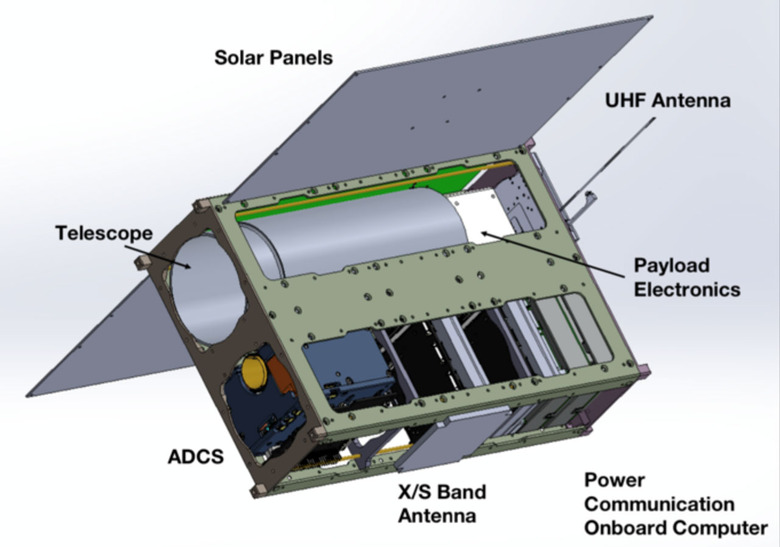Mission to search for habitable exoplanets around Alpha Centauri revealed
Researchers at the University of Sydney have worked with Breakthrough Initiatives, Saber Astronautics, and NASA's JPL to propose a mission to discover planets that are potentially habitable orbiting Alpha Centauri. The proposed mission would be a new space telescope called TOLIMAN, the Arabic name for Alpha Centauri taken from antiquity. Alpha Centauri is the closest star to Earth outside of our galaxy.
In April of this year, the researchers began working on the project, noting that the closest stellar neighbors to Earth, the Alpha Centauri and Proxima Centauri systems, are extremely interesting. Launching the TOLIMAN space telescope is a major step in determining if potentially habitable planets exist in either of the systems. The space telescope would search for planets in the "Goldilocks" zone around the star system, where surface temperatures allow for liquid water on the surface of rocky planets.
Professor Peter Tuthill from the Sydney Institute for Astronomy at the University of Sydney says that impressive technologies are designed to search for planets orbiting throughout the Milky Way galaxy. However, we don't know anything about potentially habitable planets in our backyard section of the universe. Tuthill believes that it's important for us to understand galaxies close to our own since these nearby galaxies have the best prospects for allowing us to discover and analyze exoplanet atmospheres, surface chemistry, and potentially discover the fingerprints of the biosphere.
Alpha Centauri is a triple star system with two stars very similar to the Sun. Either of the sun-like stars (possibly both) could have potentially habitable planets. The third star in the system is a red dwarf called Proxima Centauri, and the discovery in 2016 showed that it has a planet orbiting in the Goldilocks zone. Tuthill's project has gathered support from the Breakthrough Initiatives, a group of scientific and technological programs specifically designed to look for extraterrestrial life.
According to Breakthrough Watch chief engineer Peter Kulpar, planets orbiting the nearby star system are likely to be some of humanity's first targets in future interstellar missions utilizing high-speed robotic probes. He believes that by investigating a few dozen of the stars closest to our planet, we could expect to find several rocky planets similar to Earth orbiting at the appropriate distance for liquid water, which is required for life as we know it.
Saber Astronautics received AU$788,000 from the Australian government International Space Investment: Expand Capability grant to support the TOLIMAN mission. The mission will launch a custom space telescope able to take extremely fine measurements of the position of a star in the sky. If that star has a planet orbiting, its gravity will cause a measurable wobble in the star. Today, there are thousands of known exoplanets orbiting stars outside the solar system.

Those planets have been discovered using the NASA Kepler and TESS missions. However, discovering planets orbiting stars closer to home requires a different type of instrument, such as TOLIMAN. Kulper says discovering the signal we're looking for in the nearby star system will require a significant improvement in precision measurements. The plan with TOLIMAN is to build a low-cost mission ready to launch by the middle of the decade.
TOLIMAN stands for Telescope for Orbit Locus Interferometric Monitoring of our Astronomical Neighborhood. The main component of the mission is a new type of telescope using a diffractive pupil lens. That lens can spread starlight captured from nearby stars into a flower-like pattern, making it easier to detect the wobble caused by an orbiting planet. The image above shows the proposed TOLIMAN space telescope.
